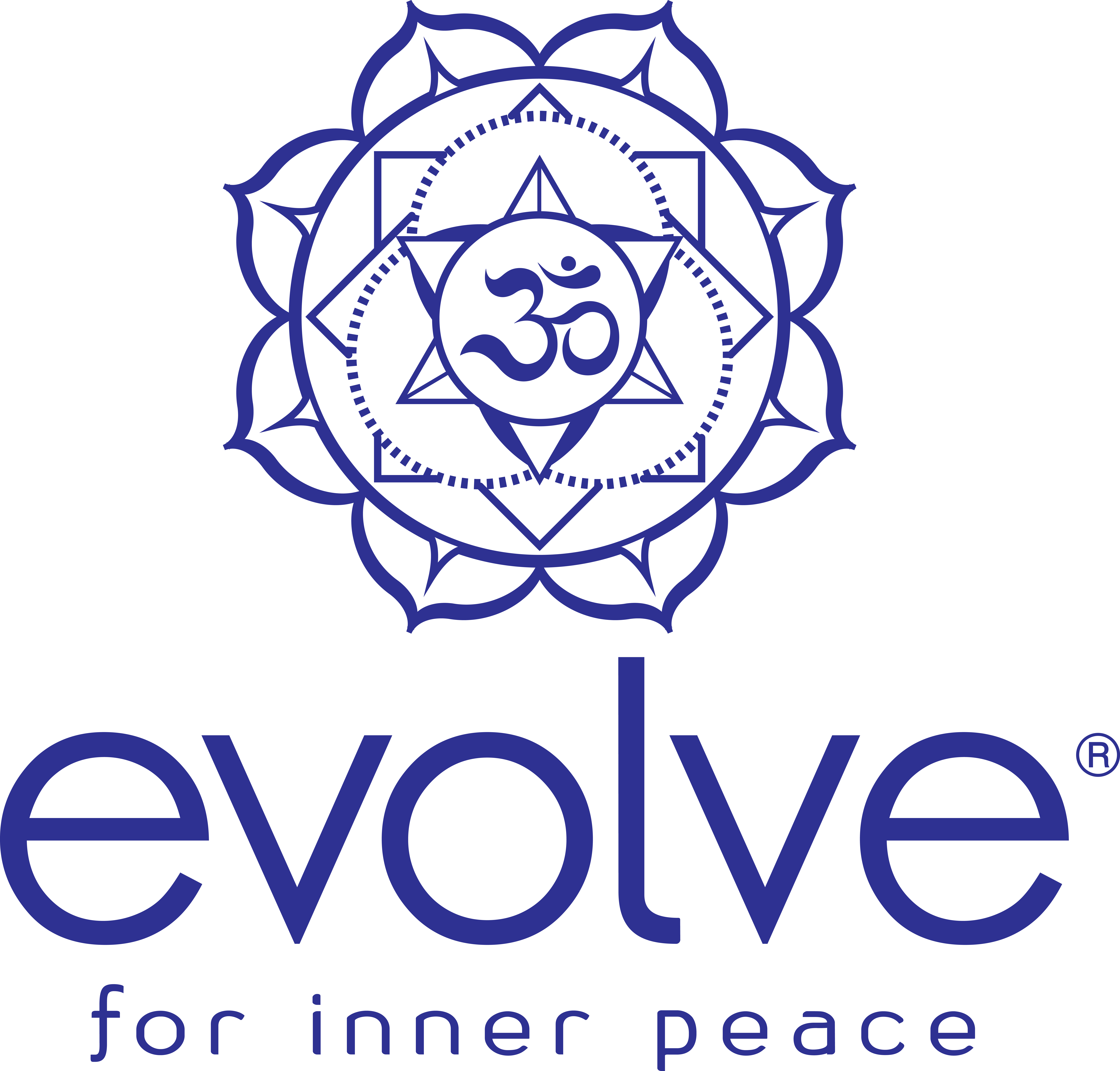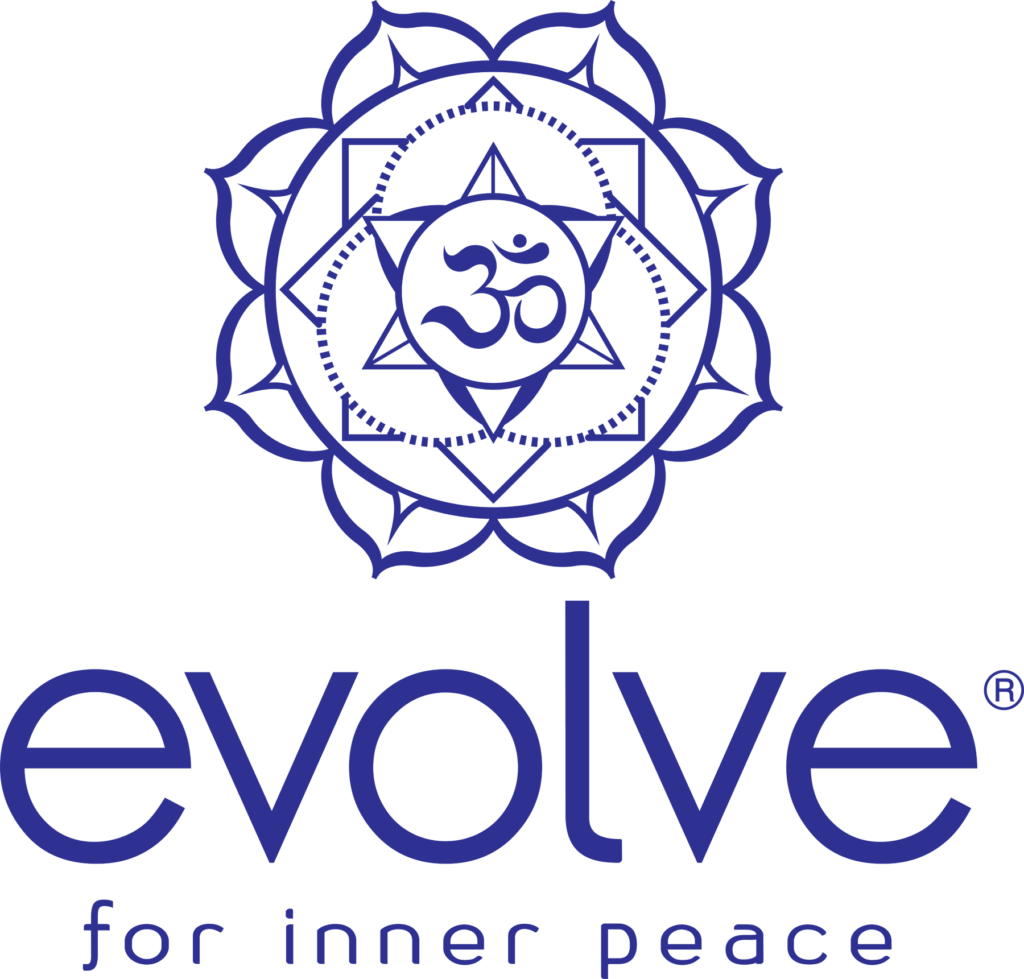Fair Warning! This is not an easy article, so please feel free to watch the video for the short version. It’s a GREAT video and if you want to read this afterwards it will be that much easier to understand.
Integral Theory is shaping the future of politics, medicine, law, psychology, ecology, and an incredible number of other disciplines and areas of study. It is a model that includes the best of all studies and truths, from empirical sciences to mystical wisdom traditions to political studies and social systems.
Last week I introduced the concept of an Integral Lens, and we had some good feedback about it, so thank you! I look forward to the unfolding discussion. This week I promised to start laying out the six basic building blocks of Integral Theory; Holons, Quadrants, Levels, Lines, States and Stages. We wont get through all of them today, but we will handle the two most challenging new concepts, Holons and Quadrants.
Holons

The Holon is an interesting and profound concept that elegantly deals with the philosophical problem of the paradoxical wholeness and simultaneous partiality of all things. For example, a human being is acted on, shaped and defined by the culture and society they are a part of, and at the same time that human being is taking action, shaping and defining culture and society. Which came first, the chicken or the egg? The answer may very well be, the Holon.
Holons are naturally organized into nested hierarchies, referred to in Integral Theory as “Holarchies”. The concept of “holarchy” is one that Ken Wilber has adapted from the work of Arthur Koestler to explain the progression of complexity. A holarchy is a form of developmental hierarchy which, unlike domination hierarchies, are a description of a constructive, nested hierarchy in which each higher level of complexity envelops and advances the organization of the level below.
The idea is that everything is both a unique and individual whole in and of itself, and simultaneously a small part of yet a larger whole. Holons are wholes that are parts of other wholes indefinitely. Whole atoms are parts of molecules; whole molecules are parts of cells; whole cells are parts of organisms, and so on. Each whole and separate entity is simultaneously a part of yet another whole. Each piece of the puzzle is a whole/part, a holon. And reality is composed not of things nor processes nor simply wholes, nor simply parts, but of whole/parts, or holons.
In this way, the holon is a conceptual container for the basic structure of all reality (at least until the non-dual). You may have heard that thoughts are the building blocks of reality. However, if you have the specific thought “firetruck”, for example, that thought is both a single thought and a part of a larger cultural context. “Firetruck” means nothing without the cultural background in which a firetruck exists. Even thoughts are holons. You as a human being are both an individual and a member of a family, a culture and a civil society. A letter is part of a word is part of a sentence is part of a paragraph, is part of a book, is part of literature, is part of language, is part of culture. This holds true across the spectrum of phenomena and is thus an extremely useful starting point in the accurate analysis of our reality.
From this common ground of all phenomena, we can begin to find and interpret universal truths. The concept of holarchy and holons is an understanding of the simultaneous wholeness and partiality of all phenomena. With this understanding we can begin to accurately see things through the integral lens.
Quadrants

When we know that all things, be they ideas, feelings, material objects or any other phenomena, are both whole and part simultaneously – that is, when we know that they are holons – we can begin to map the various aspects of holons, and in Integral Theory, we start that mapping with Quadrants. Quadrants, luckily, are fairly simple to explain. Holons can be seen in terms of the individual holon or in terms of collectives of holons, and they can be seen from the outside, objectively or from the inside, subjectively. To put it simply, Quadrants categorize phenomena and the studies of those phenomena into singular or plural and interior and exterior.
Let’s expand on that a bit to make it a little more clear:
The Upper Left Quadrant maps the individual interior. This is the realm of meditation, psychotherapy and developmental psychology. This is the Quadrant of individual consciousness. This is called the interior because even though a medical EEG could be administered to measure the brain wave fluctuations of a person experiencing joy, the readings on the machine can not describe the internal experience of joy. The hormones released during a roller-coaster ride can be measured and analyzed, but none of that information will tell you what it feels like to ride a roller-coaster.
On the other hand, no amount of experiential interior awareness can measure the delicate ratio of hormones that are racing around your physical body at any given moment. That is information that must be obtained in the Upper right Quadrant, or the individual exterior. Now, it is important to mention that just because your brain is inside your body doesn’t make it “interior” in this sense. Your brain is a chunk of organic matter that can be poked and prodded and measured and weighed and it has a physical location in the manifest world. This is the mark of the Upper Right. These are things you can point to. Unlike your mind, which is the interior space within which thoughts and feelings arise as intangible, but never-the-less very real events, your brain is tangible to the five senses.
It is also true that collections of physical beings form societies that can be studied based on the behavior of those bodies. This is the realm of the Lower Right Quadrant. Who is in charge? How are things produced? In what way does the social system strive to continue it’s existence? Are there rigid class systems and what circumstances determine inclusion or exclusion from these classes or society at large. These are all questions about the externally observable behavior of objects. You can observe the process of law enforcement, for example, and watch how a prisoner is detained and know what thing he or she did to end up in that predicament. This is the realm of systems science and involves sociology, political science, Ecology, modes of production (informational, technological, industrial etc.) and so on. The Lower Right is the study of behavioral processes exhibited by collectives of physical things.
The Lower Left is the interior meaning shared by those collectives. This is the Quadrant of culture. The law of a society may call for the public performance of a sacred dance that is supposed to persuade the gods to send rain. But the Law can’t tell you what that dance means to the people of that culture. You may even watch that dance and see that it serves a functional purpose of creating social cohesion, but you can’t tell what it means to them just by watching. If you were from an amazonian tribe with no exposure to western culture or even the concept of a large nation, you wouldn’t be able to understand the meaning of a soldier solemnly covering his heart as the National Anthem was sung. National pride is a shared sense of meaning that is impossible to know or understand from outside of its cultural context. The Lower Left Quadrant is the realm of social psychology, and cultural studies.
This then, gives us our basic four quadrants model split into the Interiors and Exteriors of both Individuals and Collectives. We can then use those quadrants to categorize, in a non-hierarchical way, the major aspects of holons and their respective fields of study. This is the basis that then becomes the foundation for a truly integral theory. Integral Medicine, for example will attempt (at least) to act in all four of the quadrants, recognizing the importance of both the patients internal state of being (UL)as well as the physical symptoms and manifestations(UR). It would also understand and cultivate the systems that should be in place to deliver care and prevent the spread of disease(LR) while paying attention to the cultural stigmas about disease and health to help shape a more accurate and compassionate cultural view of those who are sick (LL).
To be sure this is a big step in the right direction, but it’s only the first major step on the road to integral.
That’s it for the hard stuff. . . It’s WAY too much to cover well in such a short article, and I will try to clarify and answer any questions if you email me (see.all.as.one@gmail.com). Next week we will fly through some of the remaining building blocks of Integral Theory. In the mean time if you are interested in this at all, please stop by the store and pick up one of Ken Wilbers Books. It might be one of the greatest gifts you ever give yourself.
With Love and Warm Wishes,
~ Michael SunSpirit ~


